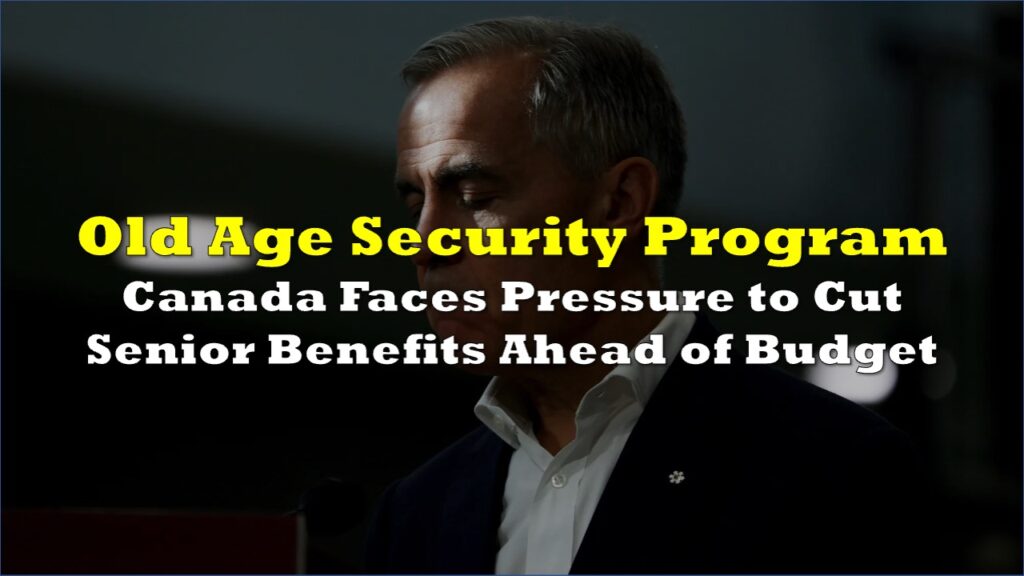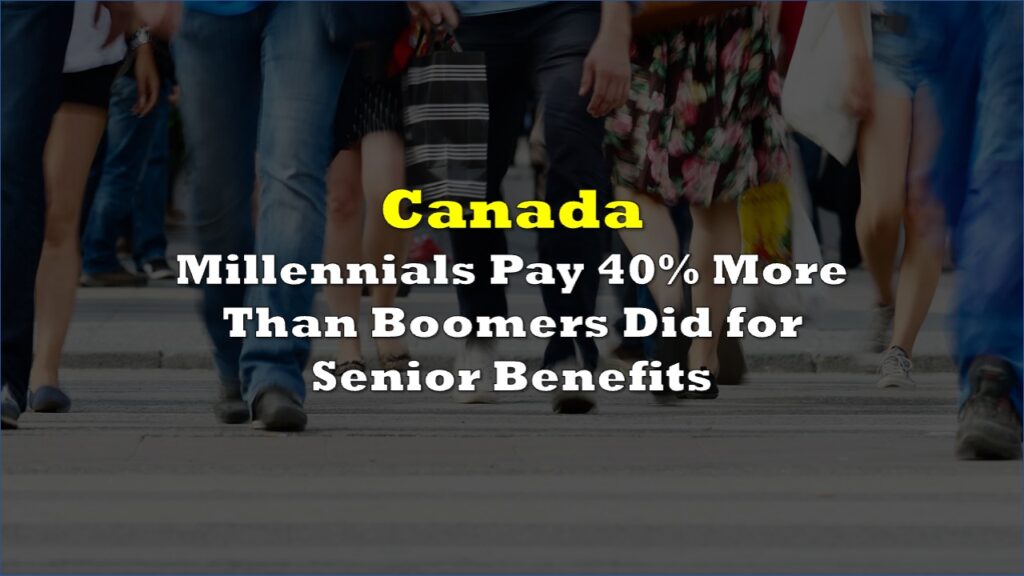The fight over Canada’s fastest-growing federal expense is moving to mainstream debate. With Budget 2025 due this fall, policy voices and market-minded commentators are urging Ottawa to end or sharply overhaul Old Age Security—or at minimum, stop paying full benefits to high-income retirees—arguing the program’s growth is crowding out other priorities.
Actuarial projections put OAS spending set to surge from $77.8 billion in 2023 to $136.6 billion by 2035 and $276.5 billion by 2060. The Auditor General, reviewing seniors’ programs in 2024, said OAS payments and costs are “projected to triple by 2045,” driven by more seniors and inflation.
READ: Millennials Pay 40% More Than Boomers Did for Senior Benefits
The payout rules are generous for many households at the top end of the eligibility spectrum. In 2024, retirees 65–74 can receive up to $727.67 per month if their income is below $148,451, while those 75+ can receive up to $800.44 with a threshold of $154,196.
A recovery tax claws back some OAS beginning at $90,997 of individual income, but benefits do not fully disappear until the higher thresholds are reached. As one market analyst put it, the system remains easy to game: “GIS, OAS, and other means tested benefits need serious reform… You have people living in multi million dollar properties, deferring their property taxes, collecting full GIS and OAS… It’s also too easy to game with tax shelters, holding companies, loans, trusts, etc.”
GIS, OAS, and other means tested benefits need serious reform (e.g. why are they based on line 23600 (net income), and not gross income/net worth?)
— Brandon Koepke, CFA 🇨🇦 (@bdkoepke) August 14, 2025
Today you have people living in multi million dollar properties, deferring their property taxes, collecting full GIS and OAS… It’s…
“Win-win-win”
The loudest reform push comes from Generation Squeeze founder Paul Kershaw of UBC, arguing that Ottawa can meet fiscal and social goals by trimming benefits for wealthier retirees.
“OAS is the single largest growing part of the federal budget,” the organization said, estimating it consumes about one-fifth of federal spending and is growing faster than most other expenditures put together. “You could spend our OAS money differently right now and achieve other goals without having to raise taxes. And you could do so, for instance, by asking more financially secure retirees to take slightly less,” explained Kershaw.
He ties the case to the deficit outlook: “The $42 billion government deficit in 2025 was projected in the last fall economic statement, and it will now be much higher because of tax cuts and new NATO promises.”
Their submission to pre-budget consultations proposes cutting roughly $3,200 from OAS paid to retired couples making over $100,000, claiming this would free about $36 billion over five years. The group would funnel savings to low-income seniors, affordable housing, post-secondary, and a 50% boost to affordable child-care funding—while also paying down debt. They frame it as a “win-win-win,” including resilience against external “threats,” such as tariffs from the current US administration.
Markets-adjacent voices add fuel, with commentators highlighting the political risk of eliminating the budget line item.
Asked whether OAS changes are on the table for fall, the finance minister’s office said: “The Government of Canada is engaging in pre-budget consultations with stakeholders and partners across the country, including ones with a focus on support for seniors. Their ideas and submissions will help guide Budget 2025.”
Information for this briefing was found via Global News and the sources mentioned. The author has no securities or affiliations related to this organization. Not a recommendation to buy or sell. Always do additional research and consult a professional before purchasing a security. The author holds no licenses.






